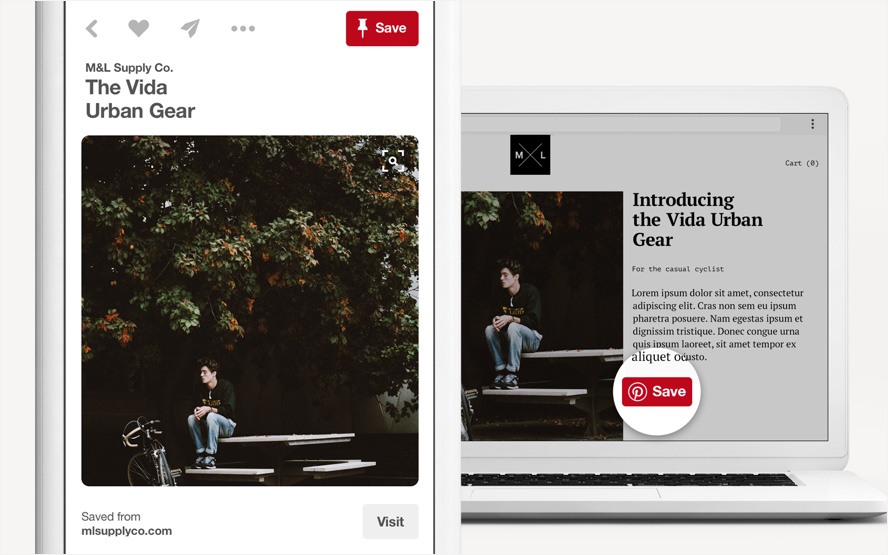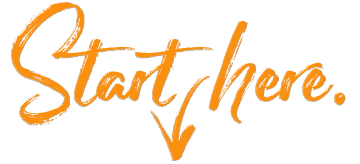Social Media Optimization: How to Get the Right Eyes on Your Feeds
Few among us have shared content on a social site without experiencing a split second of doubt. That jolt of anxiety is tied to the knowledge that our post could disappear into a black hole, never to be liked, retweeted, or clicked on again.
Getting eyes on your social content isn’t easy — especially because it’s not just attention you’re looking for, but attention from a specific audience: Your target customers. So how do you make sure your posts are being seen by the right users? You’ve got to embrace social media optimization.
Get to know SMO
Social media optimization positions your content for maximum exposure and stands to increase awareness of your business, traffic to your website, and overall engagement with your brand. The ultimate goal of SMO (social media optimization) is to make sure your audience isn’t just conscious of your content, but actively watching for your new posts to go live. SMO makes it significantly easier for current and potential customers to find the articles, images, and videos you produce, both on your social platforms and your own site. As a marketing device, it’s just as important as the social content itself.
SMO starts with strategy. Once you’ve developed a social media marketing calendar, devise a plan to make sure all of that content gets the views and interactions it deserves.
Optimize your owned media
The place to start is with your owned media: Your website, blog, and social accounts. Do you have prominent active links to your social feeds on your site and blog? Do your Twitter, Facebook, Pinterest, Instagram, and LinkedIn profiles include a link back to your website? This form of cross-promotion encourages your followers to spend more time with your brand and creates a breadcrumb trail of content that they can follow all the way to your business.

While you’re updating your social buttons, it’s also a good idea to review how your blog and site content is formatted for sharing. To boost your visibility, pre-populated tweets should include both your business’s social-media handle and an image related to the blog post. Ideally, your content should be formatted to include a photo or illustration when it’s shared to Facebook as well. Twitter has reported that tweets featuring photos can improve engagement by more than 300 percent, and content marketing company BuzzSumo found Facebook posts with images receive more than double the engagement of text-only posts.
There’s an added benefit to all of these strategies: They won’t just improve your social media marketing, but your blog marketing too. Every post, tweet, or pin born of your blog increases your content’s exposure and attracts new visitors who could become regular readers.
Optimize your social posts
To get the right eyes on your social media content, you’ll have to optimize what, when, and how you post. The composition, timing, and frequency of shared content all factor into its performance.
HubSpot compiled a useful guide that outlines the optimal length for every type of post, concluding that Facebook updates should be 40 characters, tweets should be 120 to 130 characters, and Instagram captions should be under 125 characters. Include hashtags to improve content discoverability; you should use two of those on Twitter, but up to 30 on Instagram.
To refine the content itself, take a close look at the length of your headlines. HubSpot’s data shows that blog headings eight to 12 words long get the most shares on Twitter, and 12 to 14-word headlines receive the most Facebook likes. Again, including images in your social posts will help users notice them.
Most brands use a mix of original and third-party (aka curated) content, like articles related to your business or industry trends. Social-media optimization tacts can be applied to both. Whether you’re sharing your latest promotion or tweeting a link to a relevant article, be concise and incorporate imagery. Adding a few lines of text to a repin can add a lot of value to the content. If it feels natural, include a call to action enticing users to respond to the post, or a hashtag that will expose them to more of your social content.

Analyze your results
Determining how effective your optimization efforts have been will come down to evaluating you social-media performance. You’ll want to measure both social-media engagement and the influence that your posts are having on your community and target audience at large.
For engagement, key performance indicators (KPIs) like the number of retweets or content shares, favorite or likes, comments, and clicks will give you a good indication of what’s working and what still needs tweaking for maximum effect. Your follower growth rate and the overall size of your audience, along with the number of blog or newsletter subscribers that originated from your social posts and traffic to your website, may also reveal areas in need of improvement.
To gauge your influence, lean on social-media analytics tools that help you to uncover consumer sentiment. Also look at conversion numbers, webinar signups, white-paper downloads, and the number of social influencers actively engaging with and referencing your brand. Influencers have become the preferred measure of social-media influence for brands, although you can still reference your Klout Score, a ranking from 1 to 100 that indicates your level of positive influence based on various social signals, as well.
When you optimize your social content to boost the odds that it will be seen, sharing isn’t nearly as scary. There will always be someone waiting to hear what you have to say next.



